
The Circular Series table collection with star base includes the Super-Circular and Circular shapes. They rest on a satin-finish polished aluminium star base with 4 or 6 arms, supported by a chrome-plated steel leg. They are available in two top finishes: laminate (8 colours available) or walnut veneer.
Since 2017, the Serie table has been equipped with a revolutionary material, FENIX, an extra-hard laminate that is impossible to scratch and infinitely regenerable like the eponymous bird: if you manage to scratch the surface, all you have to do is run an iron over it to restore it to its original appearance. Its adoption has led to the table being available in 5 special colours, in addition to the 3 classic ones and the walnut veneer.

Height 72 cm
Base satin-finish polished aluminium + chrome or powder-coated aluminium + matching steel
Finishes laminate or walnut veneer top
A602 Table – 75 x 75 cm
from
A603 Table – 100 x 100 cm
from
A622 Table – Ø75 cm
from
A623 Table – Ø90 cm
from
A825 Table – Ø120 cm
from
A826 Table – Ø145 cm
from
Free samples (agaisnt deposit)
Base colors
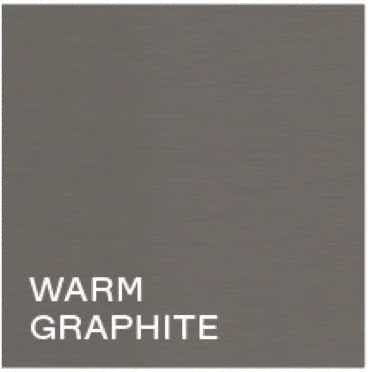
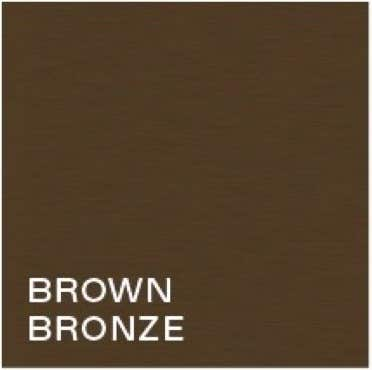
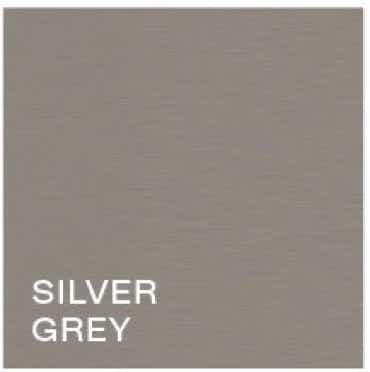

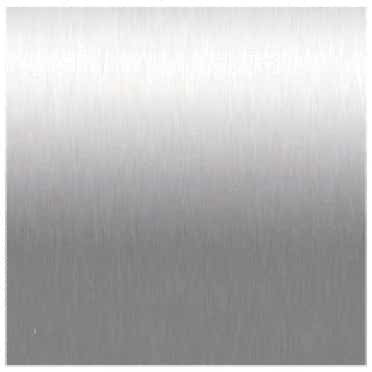
ALUMINIUM
Examples :
White
/ Sateen Aluminium
White
/ Silver Grey
Grey Bromo
/ Sateen Aluminium
Grey Bromo
/ Black
Grey Bromo
/ Brown Bronze
Black
/ Sateen Aluminium
Grey Efeso
/ Sateen Aluminium + chrome
Grey Efeso
/ Warm Graphite
Grey
/ Sateen Aluminium
Brown Ottawa
/ Sateen Aluminium
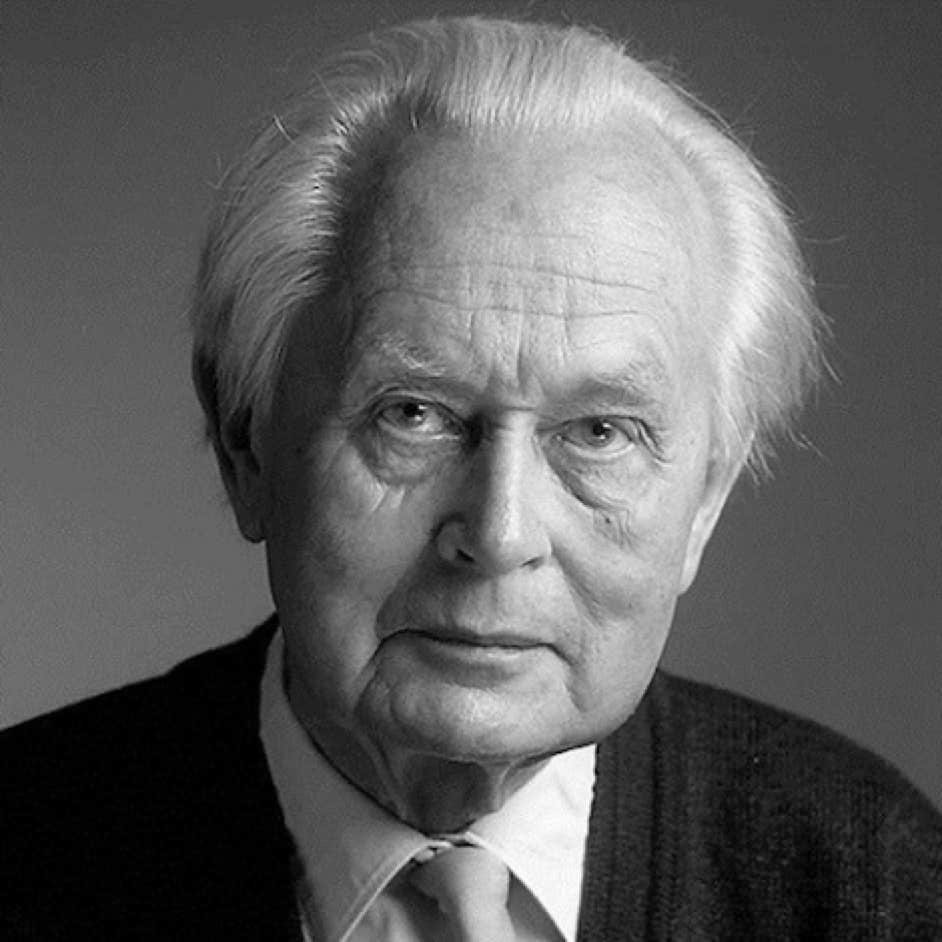
Piet Hein (1905-1996) was a an architect, a mathematician and a poet. He was a real master of Science and Art, and he made Danish cultural life a little richer, a little prettier and a little more spiritual with his branded line, square head and quirky language. A rare ability to bring together poetry, geometry and design in harmony, where function and art have the same importance.
These are the characteristics we know from Piet Hein and this is what shows up in each of his design products, from furniture to games and lighting. All are inspired by the spirit of Piet Hein and created from the best materials, with the greatest attention to detail.
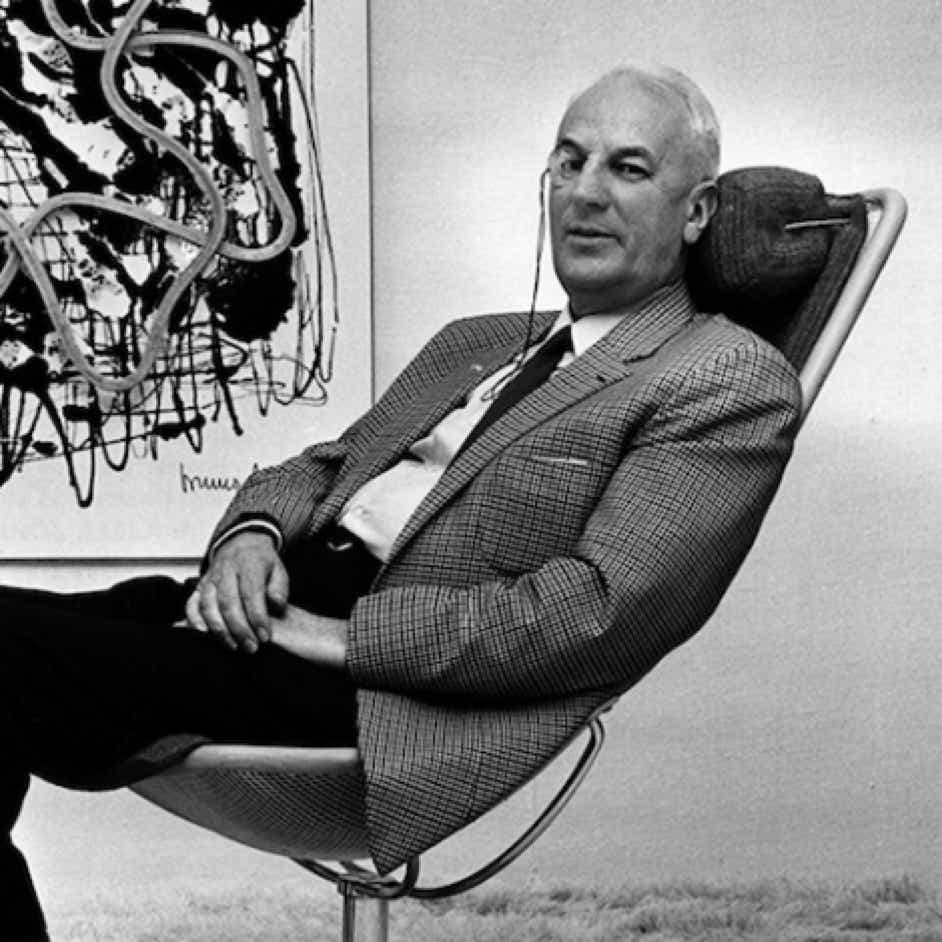
Bruno Mathsson was born in 1907 in Värnamo, Sweden. His father, Karl, a fourth generation master cabinetmaker, introduced his son to new technologies applied to wood very early on. Mathsson, a self-taught designer and architect, inspired by the functionalist movement, and, following in his family's footsteps, spent much of the 1920’s and 1930’s studying the functional capabilities of wood.
Mathsson's furniture is made to have curves and height, and is thus designed to ensure a certain functionality and ergonomics. He exhibited a collection of bentwood furniture at the Universal Exhibition of 1937 in Paris, thus launching his international reputation. Her Eva Chair (later called Work Chair) was purchased for public spaces in the run-up to the opening of the Museum of Modern Art in New York. In 1939, he exhibited at the New York World's Fair, and strengthened his popularity in the United States. In the 1950’s he turned his attention to architecture, often later incorporating large glass pieces into residential projects. The 1960’s allowed him to refocus on furniture and thus to embark on the work of tubular steel. He collaborated remarkably with Piet Hein, a Danish mathematician, to create the Super Ellipse Table, which rests on slender legs giving the impression that the table is hovering in the air.
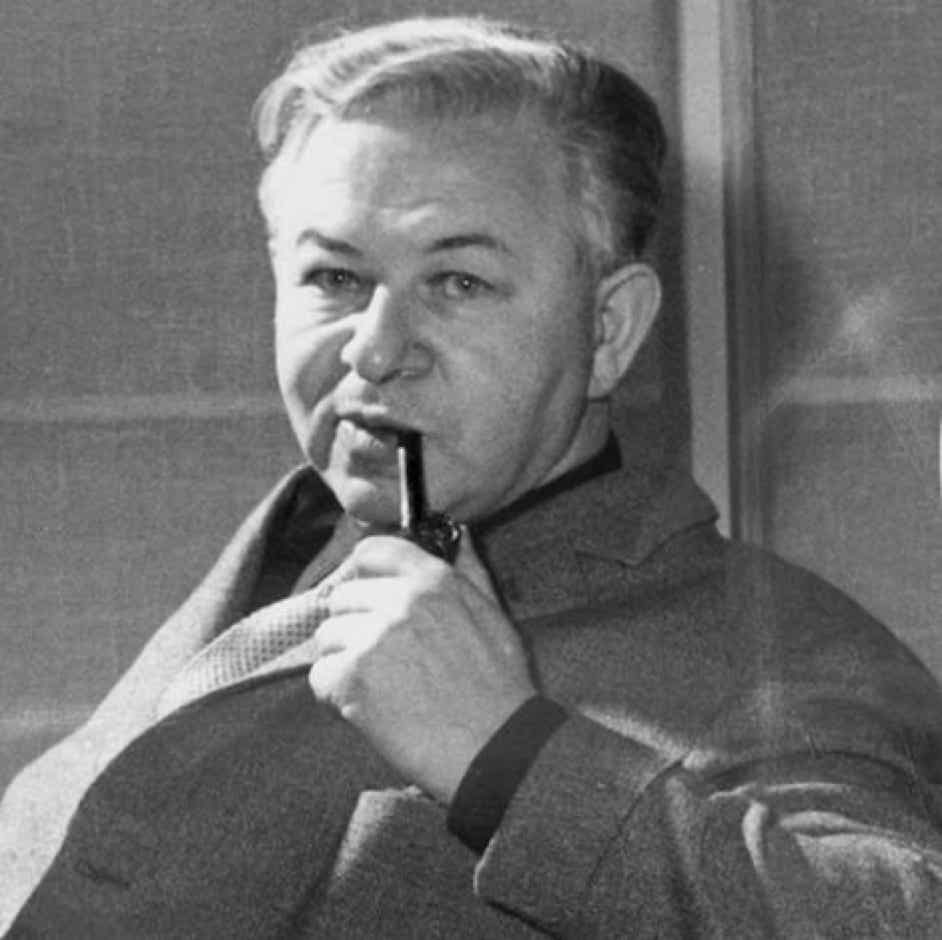
Arne Jacobsen was born on February 11, 1902 in Copenhagen. His father, Johan Jacobsen, is a wholesale trader in safety pins and snap fasteners. His mother, Pouline Jacobsen, a bank clerk, paints floral motifs in her spare time. The family lived in a typical Victorian style home. As a contrast to his parents’ overly decorated taste, Arne paints his room in white.
Background & school relations
He met the Lassen brothers at Nærum Boarding School: later, Flemming Lassen was to become his partner in a series of architectural projects. Arne Jacobsen is a restless pupil, always up to pranks, with a self-deprecating humour. Already as a child, he showed an extraordinary talent for drawing and depicting nature through scrupulous studies. He wants to be painter, but his father felt that architect was a more sensible choice.
The Pleasant and the necessary trips abroad
Jacobsen’s travelling begin already in his twenties, when he went to sea to New York. Then followed an apprenticeship as a bricklayer in Germany and a series of study and drawing excursions to Italy. Jacobsen produced some of his finest watercolours during this period, capturing atmospheres and shapes accurately and carefully. From the beginning of his career, Jacobsen turned his gaze abroad, without abandoning Danish traditions.
Arne Jacobsen behind the design
Jacobsen production reflects his personality: an insistent, perfectionist modernist, to whom no detail was trivial, although the main picture was basically black/white and unambiguous. On the other hand, the nature-loving botanist and jovial family man: like him, his work is precise and warm, Danish and universal, modern and timeless.